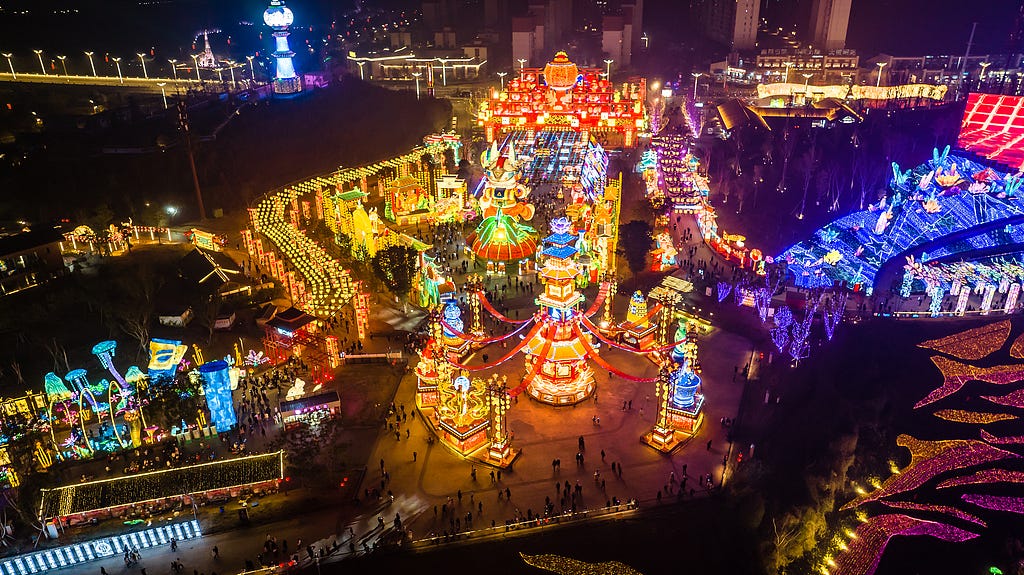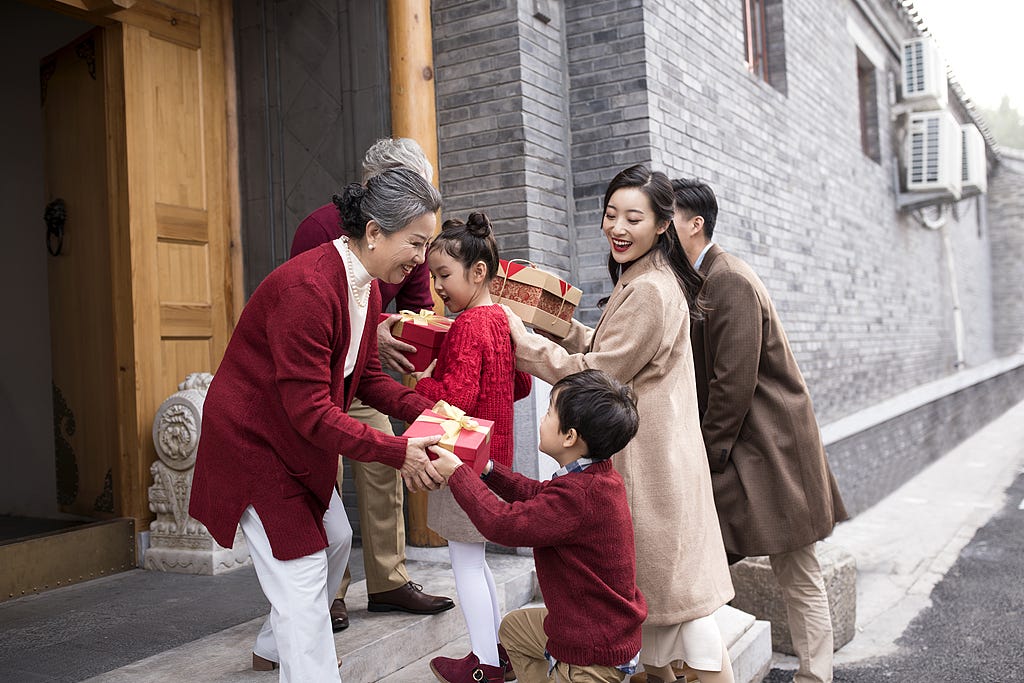China in Photos | Calendar for Chinese New Year
How do Chinese people bid farewell to the old and welcome the new?
On December 4, 2024, "Spring Festival, social practices of the Chinese people in celebration of traditional new year" was successfully inscribed on UNESCO's Representative List of the Intangible Cultural Heritage of Humanity.
Each custom during the Spring Festival is filled with both gratitude for the past year and aspirations for the new year.
On the 23rd day (or the 24th day in South China) of the 12th lunar month, people celebrate xiaonian, literally the Minor New Year.

In most parts of South China, Minor New Year falls on the 24th day of the 12th lunar month, while in most parts of North China it falls on the 23rd day of the 12th lunar month. The Minor New Year is a day for the people to make sacrifices to the Kitchen God. It’s a starting point for people to make preparations for the Spring Festival. It also epitomizes people's good wishes to bid farewell to the old and welcome the new, and to embrace good fortune and happiness.
On the 30th day, people put up Spring Festival couplets.
Spring Festival couplets, also known as fu (福) posters or lucky charm posters, are traditional decorations used during the Spring Festival. Auspicious words and phrases celebrating the New Year are written on red paper in beautiful calligraphy and are usually pasted on walls and doors.
On the eve of the Chinese New Year, people gather to eat the New Year's Eve dinner
People set off firecrackers.
Setting off firecrackers is an important ritual to scare away the nian (年) monster and welcome a new spring. The core cultural messages here include expelling evil spirits, avoiding disasters, praying for peace and welcoming a new spring.
On the first day of the first month in a new year, people pay New Year calls to each other.
Paying New Year calls is a traditional custom in China—a way for people to bid farewell to the old and welcome the new, and to send each other good wishes.
On the third day, people go to the temple fairs.
Temple fairs are ancient Chinese folk cultural activities during which people can taste a variety of snacks and experience various recreational activities.
On the 15th day, people go to the lantern show.

The 15th day of the first lunar month is the first full moon night of the Lunar new year, symbolizing the arrival of spring. According to Chinese folk tradition, people light thousands of colorful lanterns on this moonlit night to celebrate.
People also eat sweet dumplings—yuanxiao.
Eating yuanxiao has been a Chinese tradition since ancient times, symbolizing reunion and peace.
Related Articles
About DeepChina
DeepChina is an elite academic initiative that offers objective and rational analyses on a broad spectrum of topics related to China, encompassing politics, economics, culture, human rights, diplomacy, and geopolitics.










